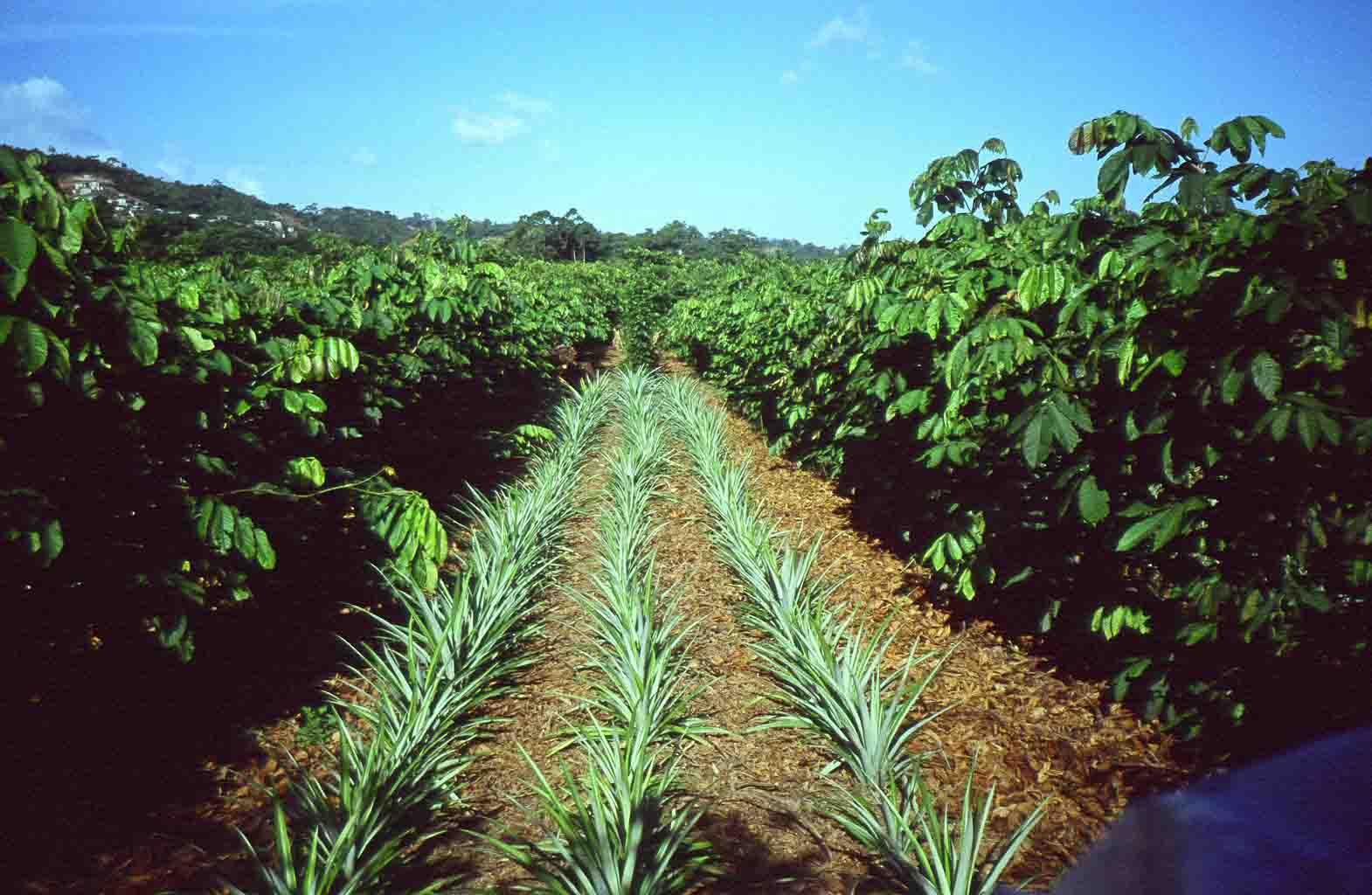

Community-based innovation/local knowledge combined with science-based approaches are the best way to address problems of the rural poor. Smallholders in the tropics who have depended on slash and burn agriculture for generations want new ways to improve their lives-without crippling debt. Most all technology inputs in the global south require extensive infrastructure as most rural regions do not even have digital capablity or even cell phone service and families could not afford them even if they were available.
The simple planting techniques on Inga Alley Cropping combined with the amazing resilience of the Inga species show a clear and scalable path for saving rainforests and their rich biodiversity while providing 100% food security.
Inga Alley Cropping creates economic incentives that regenerate steep, degraded land without debt or loans for farmers.
Families no longer purchase agrochemicals which were necessasy when they used slash and burn, nor is any heavy equipment, machinery, or chemical fertilizer needed.
Inga Alley Cropping respects the traditional skills and innovations of the people closest to the land who through their land, labor, and care have demonstrated, at landscape-scale, how the Inga Tree Model can be replicated across entire landscapes.
.
According to the World Bank, “Over the past decades, agricultural policy and international institutions, as well as private and public agricultural research have often considered small-scale/subsistence farmers as backward “phase-out models” of a pre-industrial form of production.”
The strength of the Inga Model--is that it addresses the root of the problem, and even in this region experiencing the worst climate shocks, provides what farming families need most--100% food security within 1 ½ years.Families are not getting subsidies, they are getting seeds, training, and assistance with their planting/ first pruning. After that, they are independent with the skills to add a cash crop alley. Their choices bring about the change--from family, to community, to a nation that can all face an uncertain future with resilience and true sustainability.